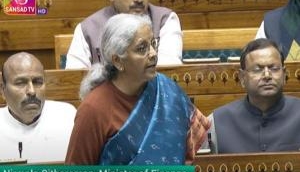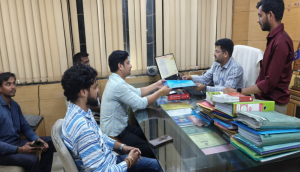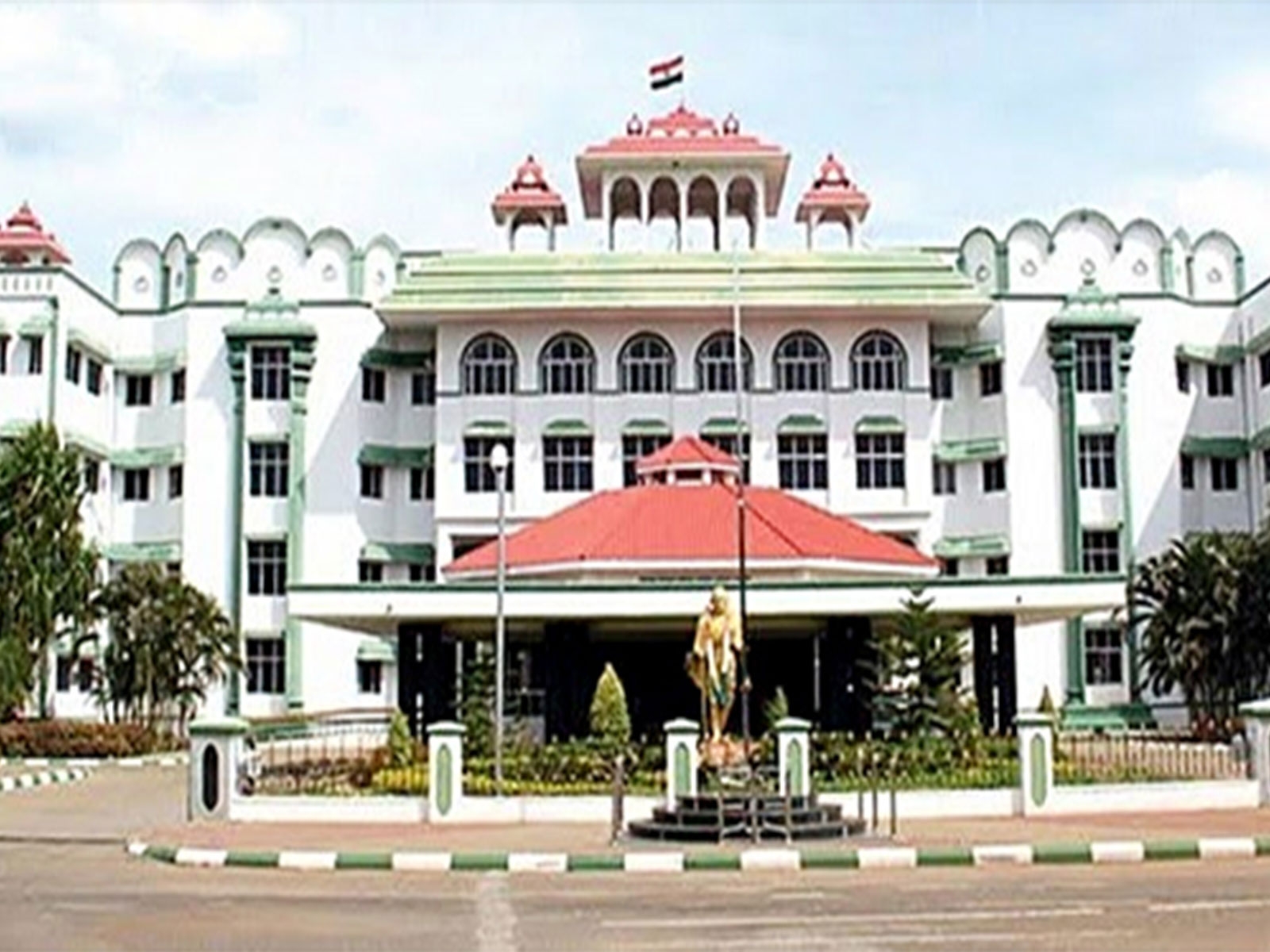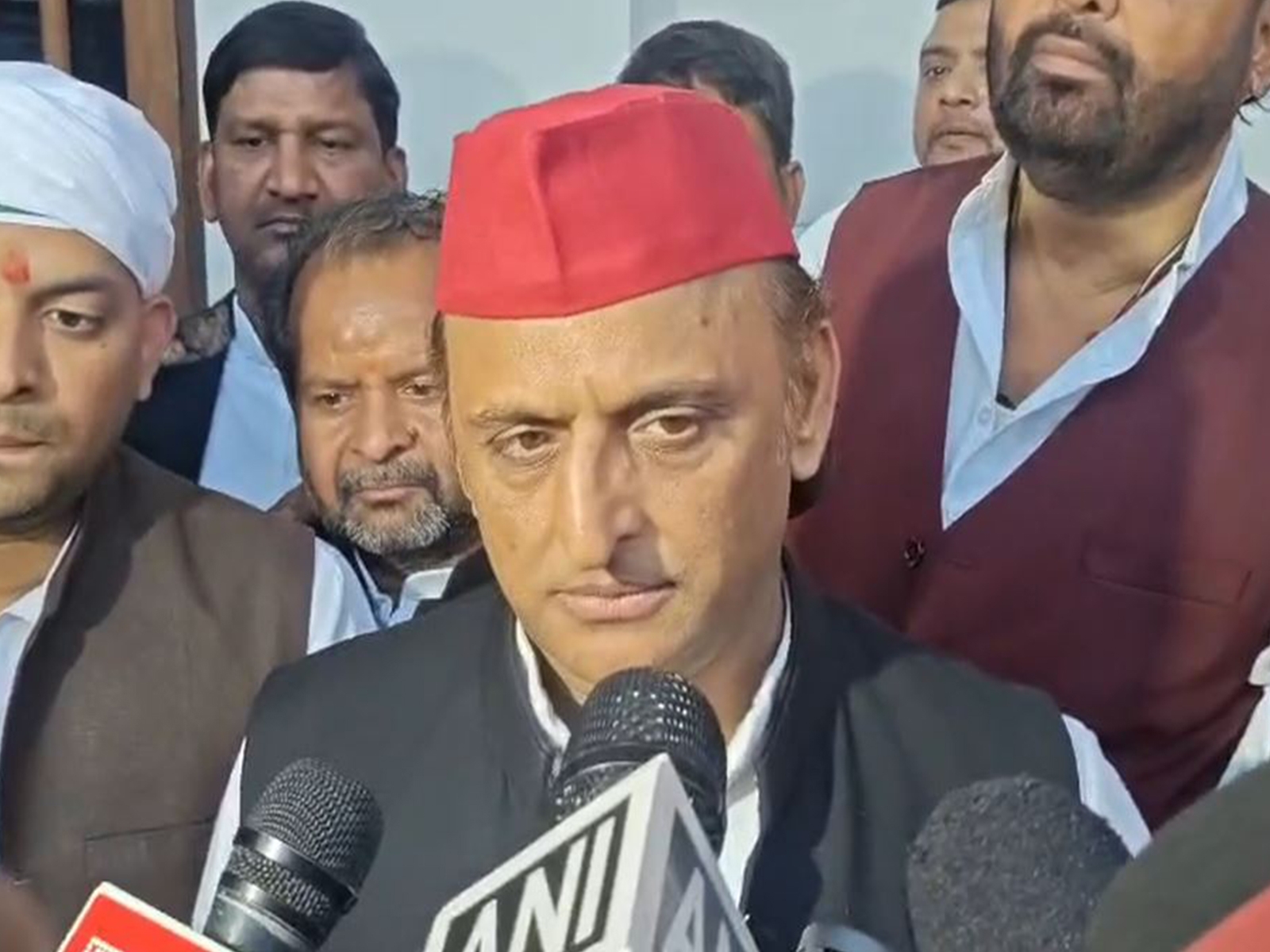Forget Green Revolution. Punjab's farmers are now killing themselves

A scarred state
- Punjab was always the poster boy of Green Revolution
- But the agriculture sector has been under distress for some time
Driven to suicide
- A survey by 3 universities peg the number of suicides at 6,926 between 2000 and 2011
- Among those who killed themselves, 42% were small and marginal farmers
More in the story
- Since when did the Punjab farm suicide crisis start?
- What factors led to this situation?
- What can the remedies be?
Once upon a time Punjab was known as the granary of India. The naturally fertile state, in fact, led the Green Revolution. There was so much prosperity that no one would have ever thought that a Punjabi farmer can be in distress.
But that's what happened. Today's Punjab is scarred by the suicides of farmers and farm labourers.
Also read - Find out why Badal's sop story will make Punjab's finances weep
And with Assembly polls due in less than a year, farm distress is set to be a major issue. At present there are 10.53 lakh farming families in Punjab, 3.6 lakh of whom are small and marginal farmers, those who hold up to five acres of land.
Deaths have been reported regularly; and no matter what the immediate causes of the suicides are, at the core is always economic distress. Economists and social workers feel that a long-term strategy is required to tackle the crisis and political parties will have to show a will to put things right.
What is the extent of the problem?
Those studying the issue point out that though the phenomenon started in the late 1980s, the frequency of suicides started rising by the late '90s. And now, a decade-and-a-half later, they have reached an alarming level.
Meanwhile, the state government refused to wake up to the reality of farm distress.
Economist RS Ghuman, who holds the Jawahar Lal Nehru Chair at the Centre for Research in Rural and Industrial Development, Chandigarh, said farmers' suicides were nowhere in focus until as late as 2006-07.
"The families of those farmers who committed suicide got hardly any relief from the Centre. The state government did not even acknowledge the phenomenon," he said.
The govt raised compensation to Rs 3 lakh; but some think that may encourage suicides
A 2007 survey commissioned by the Shiromani Akali Dal (SAD) government to the local administration pegged the number of suicides at 32. At the same time Bharatiya Kisan Union drew up a list of 2,600 farmers who killed themselves, Ghuman pointed out.
Eventually, the government ordered a survey by three universities: Punjab Agricultural University (PAU), Ludhiana; Punjabi University, Patiala; and Guru Nanak Dev University, Amritsar.
The survey, considered the most authentic by many, found out that farmers were not alone in committing suicides. The situation was equally alarming among agricultural labourers - 42% of the 6,926 suicides (2000-2011) were committed by farm workers.
Inderjit Singh Jaijee, who has been working on farm suicides since 1988, said the figure would be much higher.
According to Jaijee, the bureaucracy did probe some initial cases, but stopped since 1993. "We wrote to the President and the Planning Commission, which did surveys, but the findings were kept confidential. In 2003, the government under Captain Amarinder Singh formed a farmers' commission. But its recommendations were not followed by the SAD government."
The toll is deliberately kept low as both the Centre and the state governments don't want to send out the message that India's food basket is under duress as that would lead to panic among farming communities elsewhere, said Jaijee.
'There should be a different cropping pattern for small and marginal farmers'
"Some years ago, a team comprising a few members from south India, came to probe the issue. They refused to believe that farmers residing in such big houses could commit suicides. I told them that Punjab's farmer were never used to poverty and distress has driven them to take the extreme step."
The government has now ordered for a revised survey which, some feel, is thanks to this being am election year.
What led to the acute distress?
At the root of the suicides is economic crises - piling debt coupled with factors like crop failures drive farmers to take their lives.
Ghuman believes the Green Revolution is both the cause and effect of the phenomenon.
From the '60s to the mid-'90s, agricultural yield and production increased and more area was brough under cultivation. "Farmers' income went up and the economy expanded in the non-agriculture sector. A part of the peasantry was successful there too. That momentum continued through the '80s despite the disturbances. But but the '90s the yield stagnated while input costs kept increasing," he said.
By then the rate of return either became very low or turned negative. At the same time, non-agricultural employment was also nothing to write home about.
'Centre should give more powers to states in terms of marketing rights and rights over water'
"Nobody realised that the Green Revolution would meet this fate," Ghuman said.
Jaijee differs: It is the Centre's policy of dominating the states and its policy of quasi-federalism that has led to the crisis, he believes.
"Our water was taken away and given to other states. In 1971, they came up the policy of the Centre deciding pricing of agricultural produce. Our poor farmer were made to pay for the rest of the country," he said.
The government responsible for introducing the system of selling through commission agents that led to exploitation of farmers. At the same time, the Land Ceiling Act led to land holdings becoming smaller by the generations due to division, he said.
"A farmer cannot live on two or three acres," Jaijee said, adding that the introduction of water-guzzling paddy in the crop cycle of wheat, cotton and sugarcane was counter-productive.
The road ahead
Several short- and long-term measures are required to counter farm suicides.
The agrarian crisis has hit farm labourers the hardest as hey have nothing to fall back on.
According to Ghuman:
* compensation to families of those who committed suicide should be increased to Rs 5 lakh
* half of that should be as a long-term fixed deposit
* they should also be given employment
* The govt needs to ensure education and healthcare for farmers: "From the early '80s, the state's orientation of the state changed from development to law-and-order. Public funding towards health and education declined," he said.
'The rural non-farming sector needs to be developed; also govt needs to provide education, healthcare'
* the rural non-farming sector needs to be developed. Dairy farming, especially, should be considered.
On the other hand, Jaijee want the the Centre to give more powers to the states in terms of agricultural marketing rights and rights over river waters.
He has been working in 110 villages where farmers have committed suicides and has been funding education of their children through his Baba Nanak Education Society.
The crisis was compounded by the lack of any proper policy. Over the years, political populism led to a decline in resource mobilisation and the agriculture sector was ignored.
The policy of providing free power to farmers adopted in 1997, was the only major incentive given to the farmers. Even that was as it did not help small farmers much.
"Subsidy to farmers must be rationalised, e.g. the government may give a Rs 4,800 crore power subsidy, but small and marginal farmers - 36% of the agriculturists - will get only 8% of that on the basis of their land holdings. The same is the case for subsidies on irrigation and credit." Professor Sukhpal Singh of PAU said.
Punjab has 10.53 lakh farming families, 3.6 lakh of whom are small and marginal farmers
He suggested that there should be a different cropping pattern for small and marginal farmers.
"As a long-term strategy, the government must introduce social security benefits for the sector. It is not that the productivity is decreasing. The problem is that the small farmers and labourers have no income to meet their expenditure. The state must step in to promote co-operative agriculture and invest in their education and health," he said.
The government's role has been confined to mostly giving compensation. With the Congress and Aam Aadmi Party (AAP) focusing their poll campaign on the issue, the ruling SAD is on the defensive.
As a last ditch effort, the Punjab government decided to raise the compensation to Rs 3 lakh to be delivered the same day. Some sources, though, said such a desperate measure may just abet suicides.
Edited by Joyjeet Das
More in Catch - Forget Green Revolution. Punjab farmers face back-breaking debt
Punjab is prosperous. Yet the youth want to flee to the West illegally






![BJP's Kapil Mishra recreates Shankar Mahadevan’s ‘Breathless’ song to highlight Delhi pollution [WATCH] BJP's Kapil Mishra recreates Shankar Mahadevan’s ‘Breathless’ song to highlight Delhi pollution [WATCH]](https://images.catchnews.com/upload/2022/11/03/kapil-mishra_240884_300x172.png)

![Anupam Kher shares pictures of his toned body on 67th birthday [MUST SEE] Anupam Kher shares pictures of his toned body on 67th birthday [MUST SEE]](https://images.catchnews.com/upload/2022/03/07/Anupam_kher_231145_300x172.jpg)






